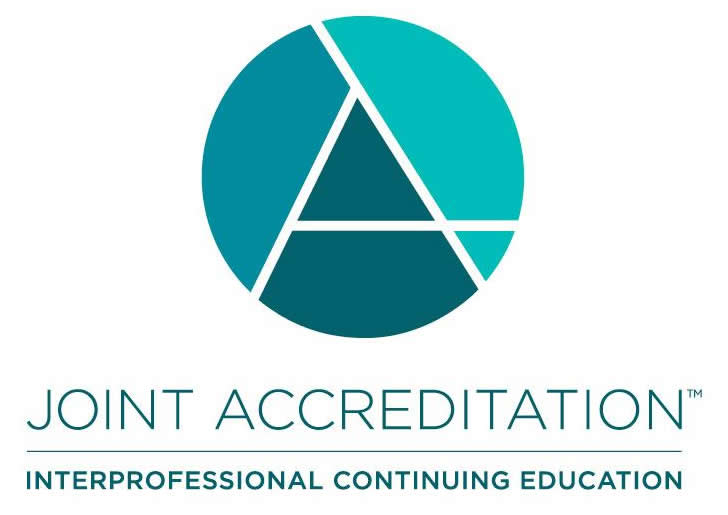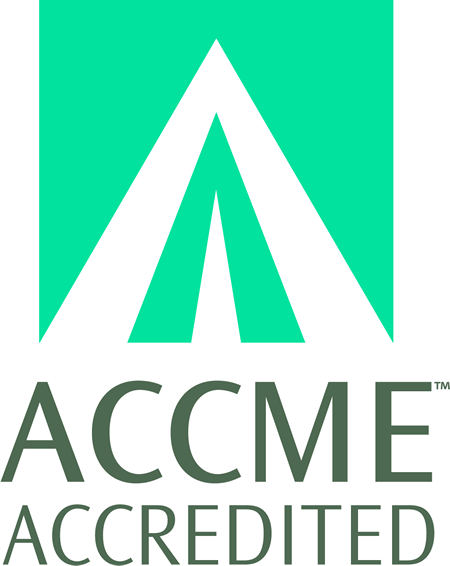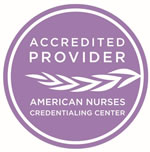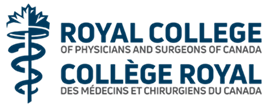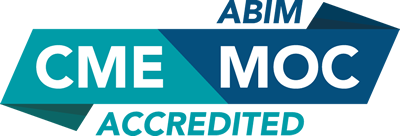
COURSE CREDITS & HOURS
16 AMA PRA Category 1 Credits™16 ACPE Credits
16.0 Contact Hours
16 ADA CERP Credits
16 (part II) MOC points in medical knowledge in the American Board of Internal Medicine's (ABIM) Maintenance of Certification (MOC) program
COURSE FEES
TARGET AUDIENCE
PROGRAM PURPOSE
It has been documented that 30% of patients who visit a primary care practice either present with a skin problem or show the provider a skin problem during their visit. These lectures present a tried and true approach to the treatment of skin disease. First, primary and secondary lesions are identified; second, an appropriate history is obtained; thirdly, a differential diagnosis is developed; fourthly, office dermatologic tests and other lab studies are used to refine the diagnosis; and, finally, a treatment is prescribed. All lectures will emphasize the team-based care approach used at the University of Mississippi where all members of the health care team work together with a carefully choreographed approach that encourages all members of the team to work at the top of the abilities and certification.
Common skin conditions will be reviewed with this approach in mind including, acne, warts, psoriasis, benign and malignant tumors, drug eruptions, basic and advanced dermatologic procedures and mission dermatology in underdeveloped countries. These lectures will be supplemented with interactive, Socratic discussions of common dermatologic conditions and "Ask the Professor" discussions involving clinical material brought to the sessions by attendees on a USB drive.
Attendees will leave this meeting energized to identify dermatologic problems, efficiently diagnose these conditions and effectively treat them.
- Approach to Dermatologic Diagnosis
- Apply approaches to dermatologic diagnosis to your practice
- The Diagnosis and treatment of warts
- Identify diagnostic clues that suggest viral wart<.li>
- Determine best treatment option from available approaches amenable to primary care offices
- Superficial Fungal infections and the KOH Prep
- Determine when to perform a KOH Preparation
- Utilize a step-by-step method to perform the optimal KOH preparation
- Eczemas: Diagnostic aid of Patch testing
- Differentiate the different dermatitides and employ patch testing where indicated
- Utilize techniques to reduce cognitive errors in making diagnoses
- Distinguishing scabies from other pruritic conditions
- Determine when to perform a Scabies Preparation
- Utilize a step-by-step method to perform the optimal Scabies preparation
- Moles: Benign vs Malignant
- Distinguish benign vs malignant pigmented skin lesions
- Non-Melanoma skin cancer: Diagnosis and Treatment
- Distinguish benign vs malignant non-pigmented skin lesions
- Mississippi Nigeria Education and Mentoring Exchange (MNEME) Enugu, Nigeria
- Recognize the amazing educational, research and teaching opportunities available in the underdeveloped world
- Technical and Cognitive Errors and their Prevention
- Describe the types of cognitive errors which are common in dermatology
- Develop strategies to reduce diagnostic errors. <.ul>
- Basic Dermatologic Procedures including Tips and Tricks
- Perform common simple dermatologic procedures
- Incorporate tips and tricks to make procedures as quick, efficient, effective, and reproducible as possible
- Advanced Dermatologic Procedures
- Manage patients with appropriate referral for more complex procedures
- Oral Diseases --Infectious and Differential Diagnoses
- Recognize infectious conditions including Herpes simplex, impetigo, allergic contact dermatitis, and signs of oral cancer of the lips, mouth, and perioral skin
- Develop treatment plans for oral infectious diseases and appropriately refer selected patients
- Skin and Oral DiseasesInflammatory
- Review common conditions with both oral and cutaneous findings
- Diagnose inflammatory conditions including blistering skin conditions with oral involvement
- Initiate treatment of oral diseases and appropriately refer selected patients
- Interactive Session 1: Test Your Diagnostic Skills
- Synthesize a proper differential diagnosis--what do we do?
- Interactive Session 2: Test Your Treatment Skills
- identify then manage different treatment modalities of dermatologic disease----what can you do?
- Ask the Professor
- Make diagnoses and treatment decisions on your own patients, then receive assessment of your choices!









